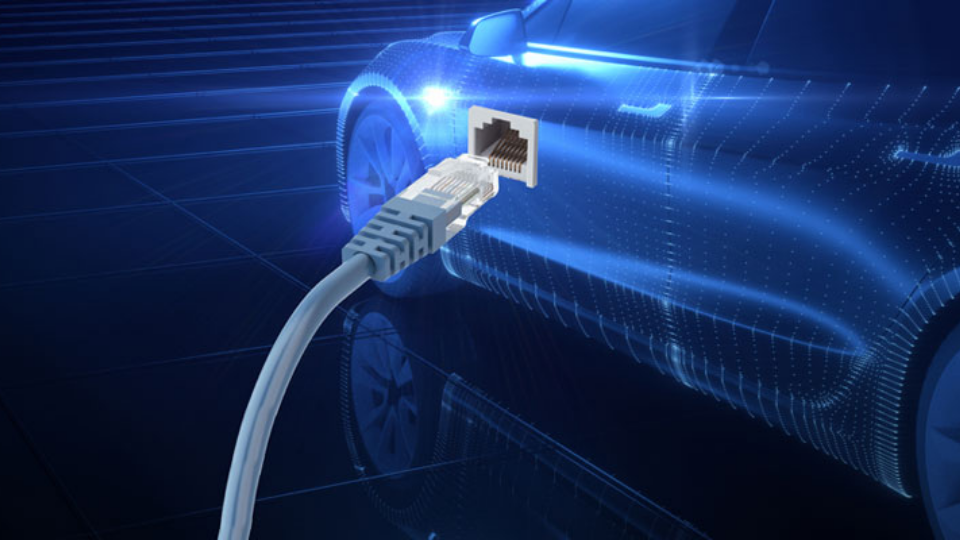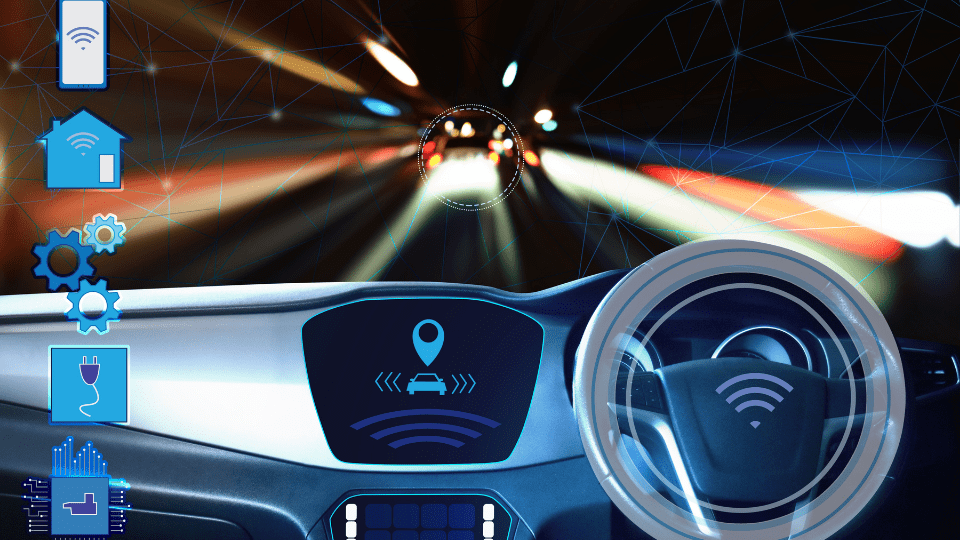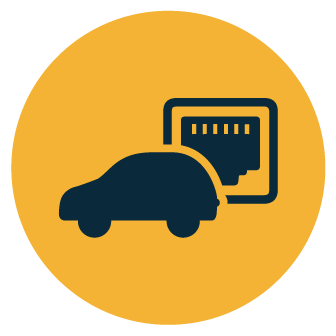
Automotive Ethernet
We offer:
OPEN Interoperability Tests
We offer:
OPEN Alliance Switch Semiconductor Tests (TC11)
TC11 of OPEN Alliance defines requirements that need to be fulfilled from switch semiconductors in automotive as well as the respective test specification for qualification.
We are offering the Automotive Ethernet Switch Semiconductors Compliance Test and supporting customers to prove their compliance with OPEN TC11.
We offer:
OPEN Alliance Ethernet ECU Test Specification (TC8)
OPEN Alliance TC8 defines test specifications and methodologies for Automotive Ethernet ECUs to prove compliance across all ISO layers (Layer1, Layer2, Layer3-7).
We are offering the full range of TC8 test service and have successfully accompanied customers during the development of ECUs since TC8 was established.
We offer:
Customer-specific Switch Configuration Verification
We are developing customer specific Test solutions based on CANoe to fully automated verifying the switch configuration on an ECU with respect to:
We offer:
Benchmarking and Performance Tests
We offer:
AVB Automotive Profile Test Suite
We are providing test services for end units and bridges to prove compliance to the following scopes as specified in the Avnu Automotive Profile:
Automotive Ethernet. Does that work?
A long time it was considered as impossible to operate Ethernet in the car over unshielded cables. Nevertheless, one wanted to utilize the advantages of Ethernet for application in the automotive sector: Speed and significantly lower costs convinced to check the possibility of using Ethernet now for automotive applications. It shows, that such a use is possible; at first it was the BroadR Reach technology of Broadcom that has considerably contributed to.
From this common interest, the OPEN Alliance (One-Pair Ether-Net) Special Interest Group (SIG) was established as a consortium of automobile manufacturers, technology vendors and other partners from the field of the automobile. The impressive number of more than 200 members demonstrates the confidence that is now set in the use of Ethernet in the automotive sector.
The Open Alliance aims, amongst others, to achieve a wide acceptance of Ethernet networks. Such wide scale adoption is achieved mainly through the establishment of common developed standards with general rules and guidelines for the implementation of Ethernet networks in the automobile.
The standards as basic rules offer at the same time security as they emerge from a long analysis process under consideration of possible operating situations and also are the indispensable basis for the interoperability of participants in an Ethernet network.
Some ethernet publications.
And more.
At the IEEE Ethernet & IP @ Automotive Tech Day, November 1-2, 2017 in San Jose, California, USA, our employee Fabian Nikolaus gave a lecture together with NXP about Guaranteeing Interoperability of Efficient and Flexible Wake‐ up/Sleep in a 100BASE‐ T1 Environment.
At the IEEE Ethernet & IP @ Automotive Tech Day, October 27 – 28 in Yokohama, Japan, our employee Fabian Nikolaus gave a lecture about the standardization of tests for efficient testing of Automotive Ethernet ECUs.
At the 2015 OPEN all member meeting October 26 and the IEEE Ethernet & IP @ Automotive Tech Day, Booth #C3, October 27 – 28 in Yokohama, Japan physical layer transceivers (PHYs) of different vendors were shown working together in a single platform. Our employee Ricardo Sappia describes his impression:
During the OPEN All Member F2F and the Ethernet & IP @ Automotive Technology Day held at Yokohama, Japan we had a great opportunity to show the first interoperable demonstration in a BroadR-Reach (100BASE-T1) ecosystem where different silicon vendors and cable assemblies coexisted with an interoperable behavior. This fact reflects for sure a major milestone in the progress of the Automotive Ethernet field. We were happy to see the great interest generated by this demonstration during the event and also to know that C&S Group helped to make it happen!
We offer:
Test solutions for Automotive Ethernet PHYs and Switches.
For detailed information about our test solutions for Automotive Ethernet PHYs and switches, please refer to the following sections.
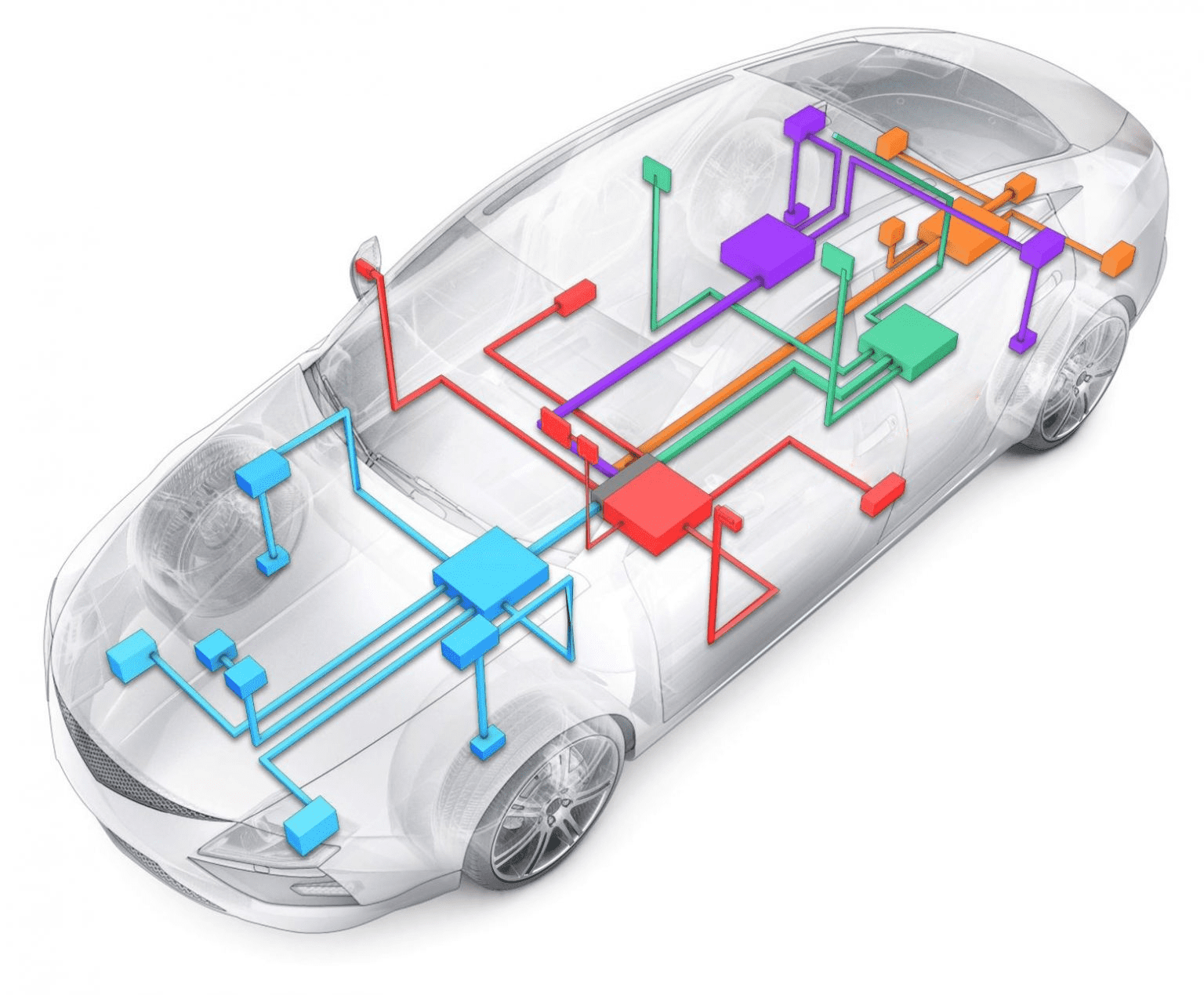
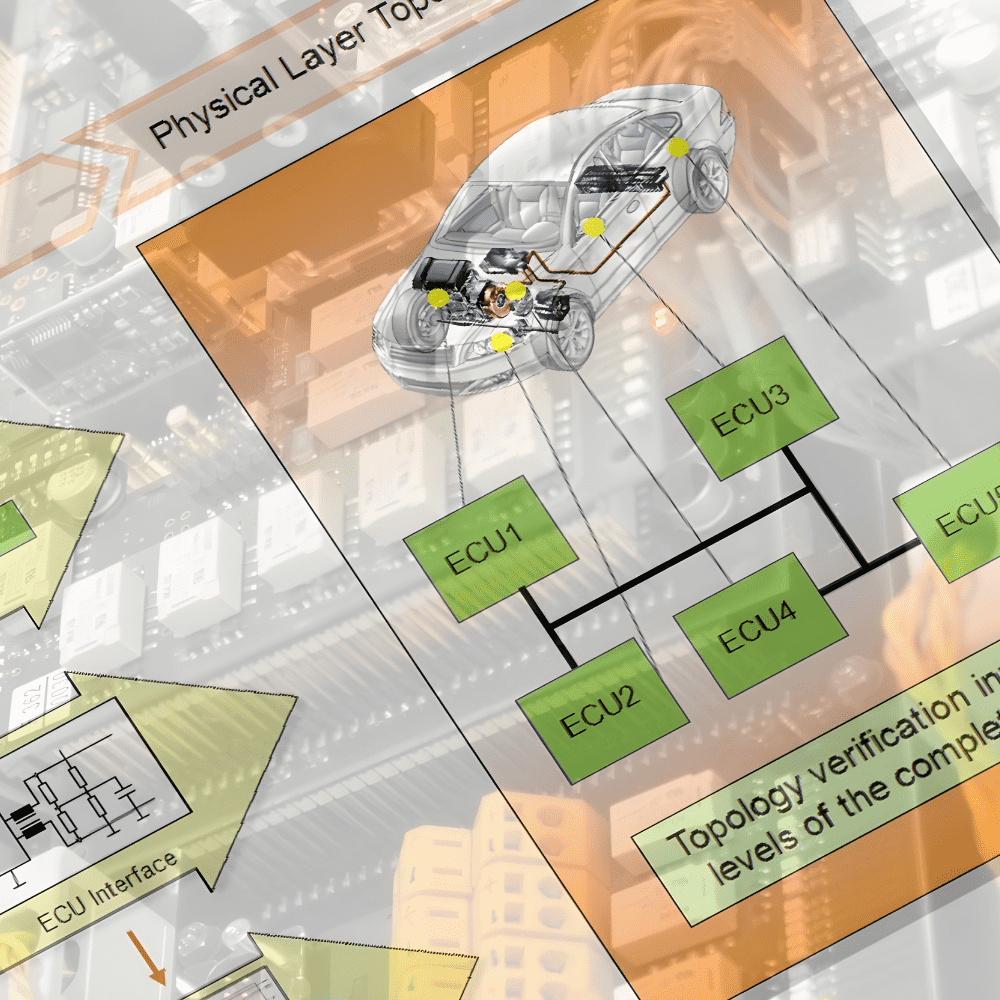
Background: Our IOPT Tests for automotive Ethernet.
The precondition for the communication between components in a network is their ability to work together. This is today a challenge in most networks especially because components of different manufacturers must function with each other – without adjusting them separately again during installation.
The basic requirement for this interoperability is the existence of detailed and comprehensive standards as basic rules for the behavior of the components in the network.
The compliance with these standards by the components of a network is mandatory to ensure safe operation of the network – and the related applications.
The test of whether a component complies with the underlying standard is a component of interoperability testing: Ethernet IOPT (InterOPerability Test) describes our interoperability tests for automotive Ethernet.
With these tests we want to make sure that interconnected components that use OABR-able PHYs (OPEN Alliance BroadR-Reach-able physical interfaces), are going to work together with the highest probability of interoperable behavior.
To all our tests, we take the basic rules that are/will be defined for the components in Ethernet networks as a basis. Thereby we lay the focus on layer 1 of the OSI layer model and on the virtually ’lying underneath’ transmission medium. Does the PHY follow the defined rules of the standards? Does the interaction of multiple PHYs vendors work in a reliable way? While the first question aims the confirmation of the standard compliant implementation of the PHY, the second question considers the standard itself: Does it have gaps? Are there applications in which there would be no secure solutions?
IOPT. Test system and test cases.
The Ethernet IOPT test system consists essentially of three main elements:
The Test Supervisor coordinates the test procedures and collects the information, obtained during the tests. From these records he later derives the test result.
The component to be tested (DUT = Device Under Test) and the Link Partner support the test coordination and provide valuable information about internal registers, channel quality and current status.
Ethernet IOPT involves essentially three sets of tests:
The tests do not only affect the respective PHY alone, but also consider the circumstances that affect the behavior of the PHY – including, of course, the configuration of the PHY, but also the ‘environmental parameters’, arising from the use of the PHY in a network.
The results of the interoperability tests depend not only on the PHY to be the test itself, but also on the parameterization and configuration of its environment. From this fact there results a nearly infinite number of test cases.
The selection of relevant test cases from these possible test cases is of great importance and is based on the results of the working groups of the Open Alliance and on our many years of experience in the field of testing.
Ethernet IOPT specification.
Members can already get the OPEN Alliance IOPT specification; it will also be released later. More information is available on the web page of the OPEN Alliance.
